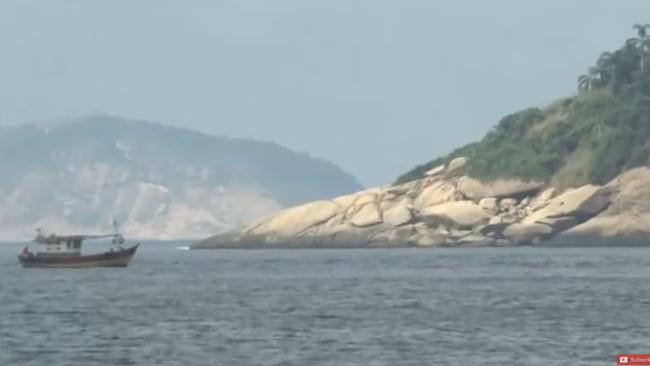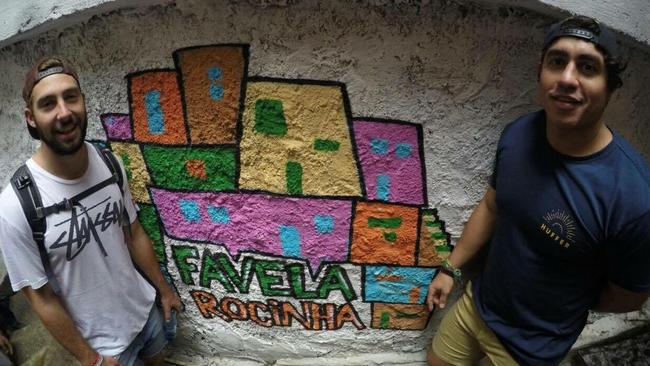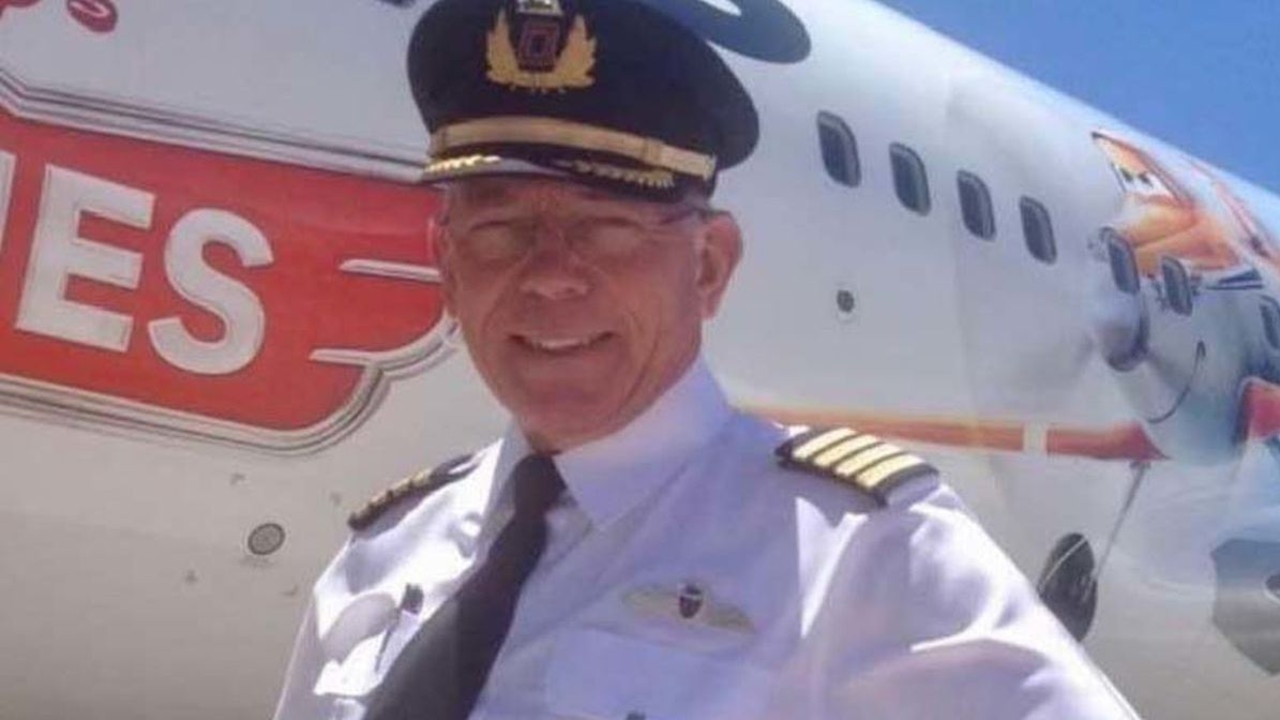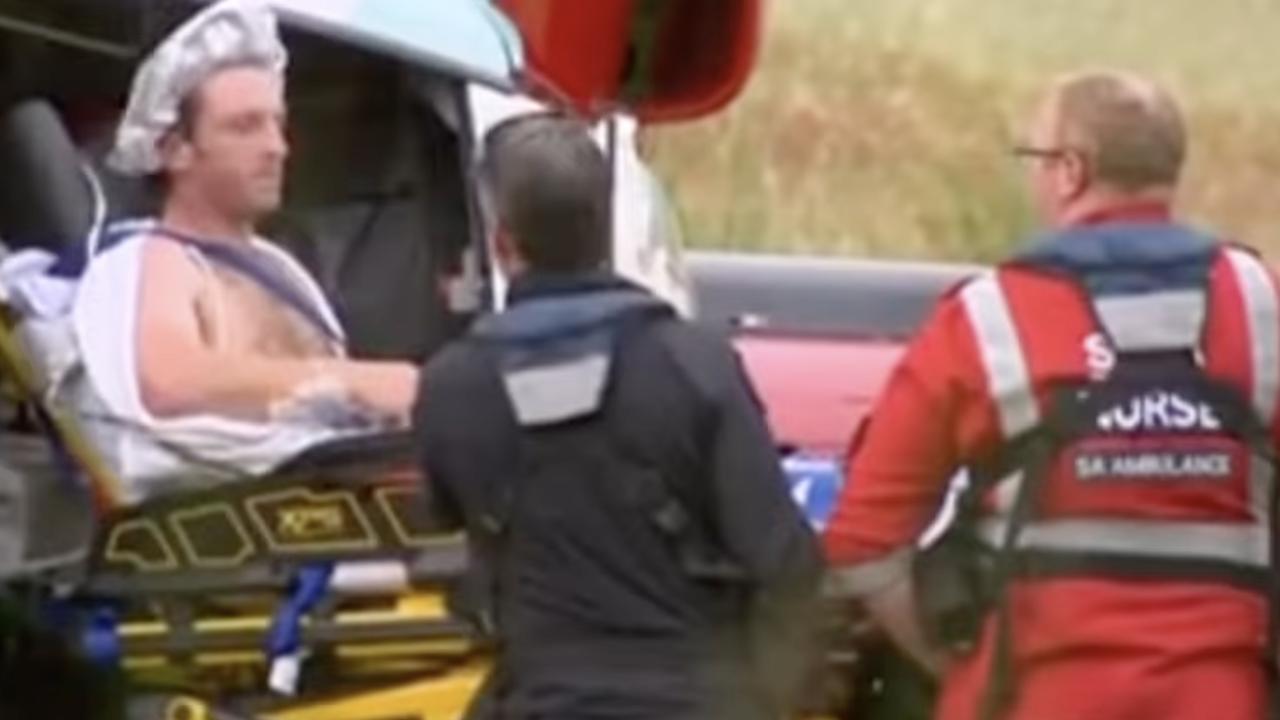Rye Hunt’s family face agonising wait to confirm if a body found on beach is Australian backpacker
DESPITE a body matching missing Australian Rye Hunt washing ashore on a Rio de Janeiro beach, family still face a long wait.
THE family of missing Australian backpacker Rye Hunt face an agonising wait to find out if an unidentified body uncovered on a beach in Rio de Janeiro is that of their lost loved one.
Residents found the body, suspected to be that of Mr Hunt, washed ashore on the idyllic Guaratiba beach in the district of Marica, 50km from the centre of Rio, early on Wednesday local time.
In an emailed statement, Mr Hunt’s family members said they’d been told by Australian authorities a body had been found, but there had been no confirmation that the body was that of the missing backpacker.
Yet despite receiving images of the body from Brazilian media, Mr Hunt’s sister, Romany Brodribb, told O Globo “relatives had no access to the body” and faced a 10-day wait for a DNA result to confirm whether the body matched that of Mr Hunt.
She said the family were unaware of what clothes were found on the body, despite reports the clothing matched that of the 25-year-old Tasmanian.
It is believed Mr Hunt’s uncle, Michael Wholohan, who is in Rio de Janeiro to help in the search for his nephew, has already given a DNA sample to police.

It will be this sample that confirms or denies the identity of the body.
Early Wednesday, Rio residents noticed vultures on the white sand and then spotted a clothed, decomposed body covered in sand, a local journalist Romario Barros, who attended the scene, told AAP.
Two firemen arrived and put the body, which was dressed in blue shorts and a light-coloured shirt, in a black body bag, Barros said.
Military police registered the find and the body is being sent to the Legal Medical Institute in the nearby city of Niteroi for identification.
No one quite knows exactly what happened to the Tasmanian on the night of May 22, when he is alleged to have mistakenly consumed the “highly potent hallucinogen and psychedelic” drug NBOMe, instead of what he thought was MDMA.
It is alleged Mr Hunt inhaled the drug NBOMe, believing it was MDMA, before undergoing a psychotic episode and swimming to the uninhabited island of Cotonduba.
But Brazilian police spokeswoman Ellen Souto confirmed authorities were “well convinced” the Australian attempted to leave Cotonduba, located off the coast of Rio about 1km from Copacabana, but “failed” in his task.

A fisherman, who wished to remain anonymous, told Rio’s newspaper O Globo he had “no doubt” he saw Mr Hunt on Cotunduba Island, the day after his official disappearance on May 21.
He said he first spotted the man, allegedly Mr Hunt, sitting on a rock. He eventually swum up to the Brazilian and his girlfriend and requested water. He was suffering “various injuries and seemed upset”.
“The boy stared at my craft,” he said.
“He had several cuts [to] the body: probably hurt [from] shellfish attached to the island’s rocks. “My girlfriend and I were scared because he was a strong man. He went down near the water and made gestures asking for water. I asked him not to jump in the sea. I grabbed a 1.5 litre bottle of water. He drank it all at once.”
Mr Hunt went missing on May 21 after he argued with his travelling companion, Mitchell Sheppard, at Galeao International Airport in Rio.
Police believe the backpacker argued with Mr Sheppard, with whom he had taken MDMA hours earlier, at the airport and returned to Copacabana and checked into an apartment.



